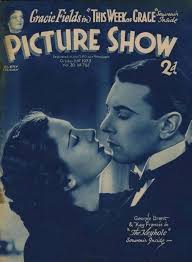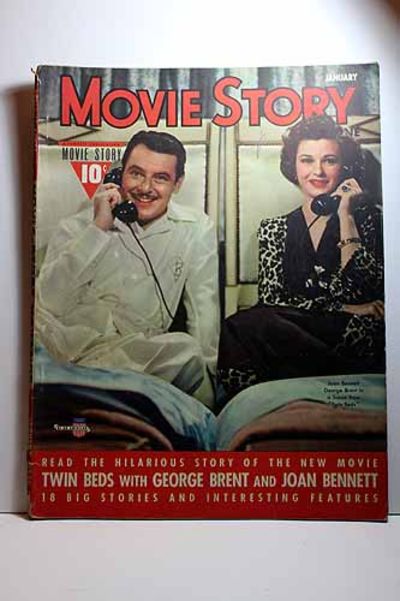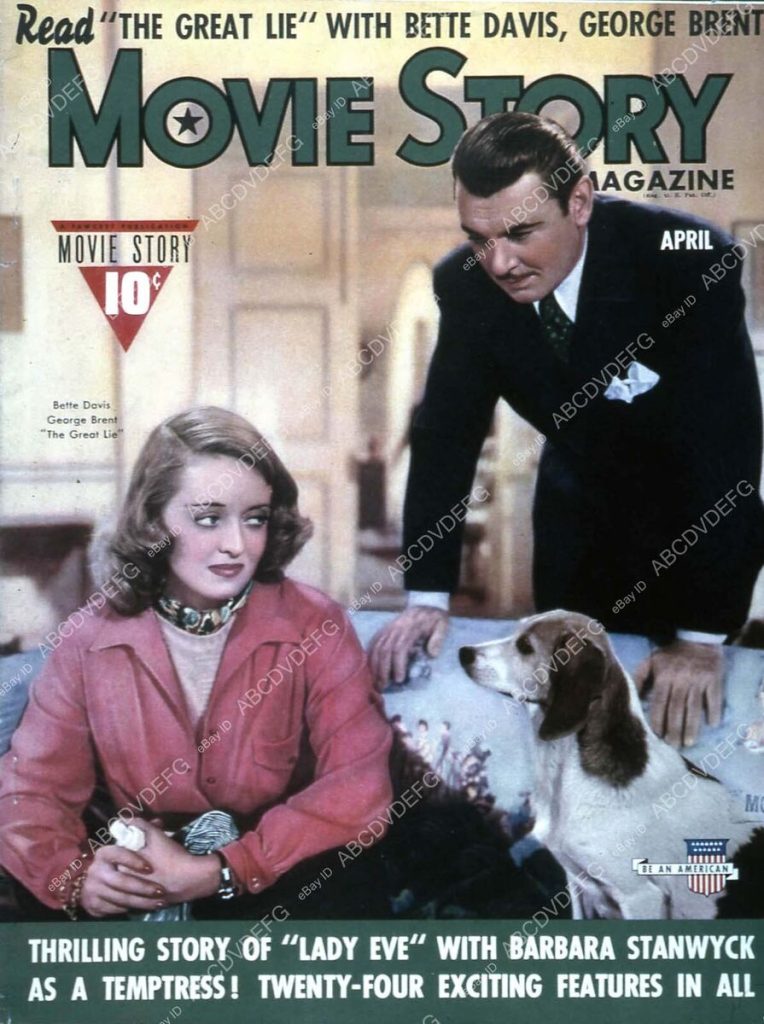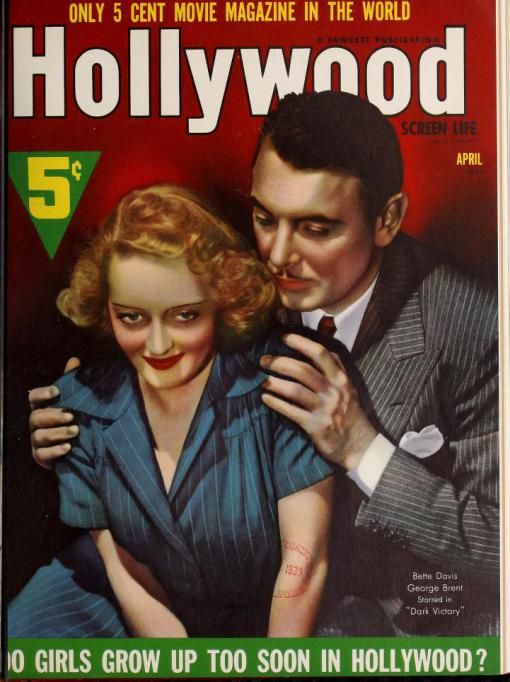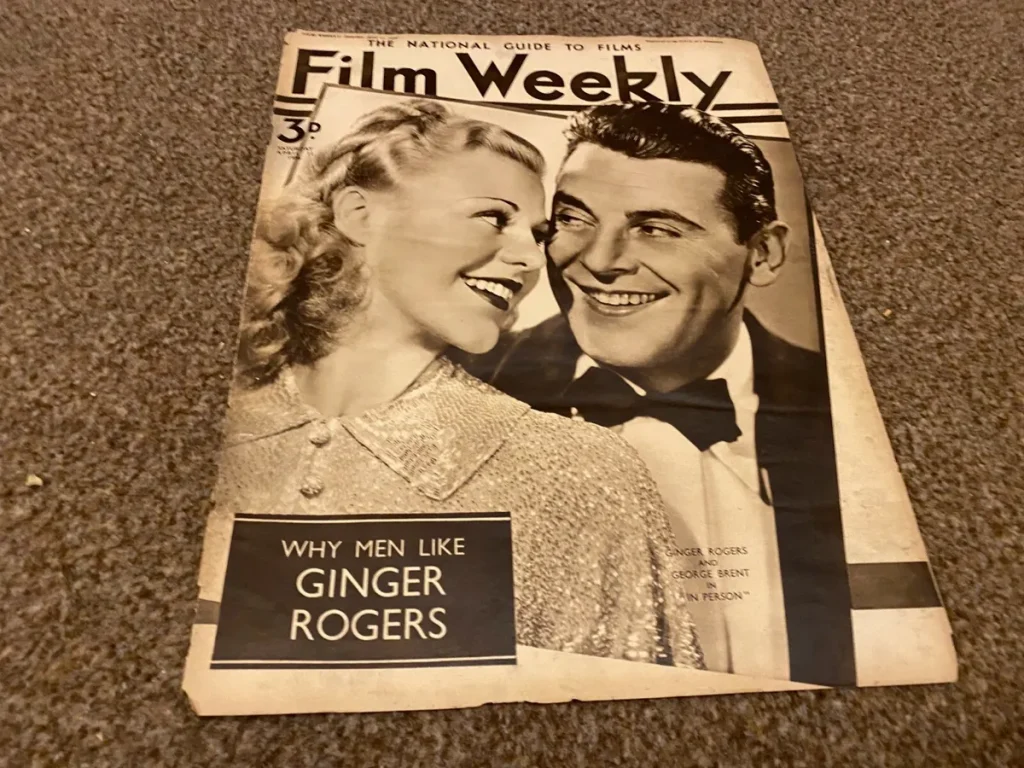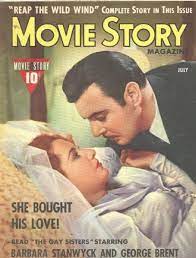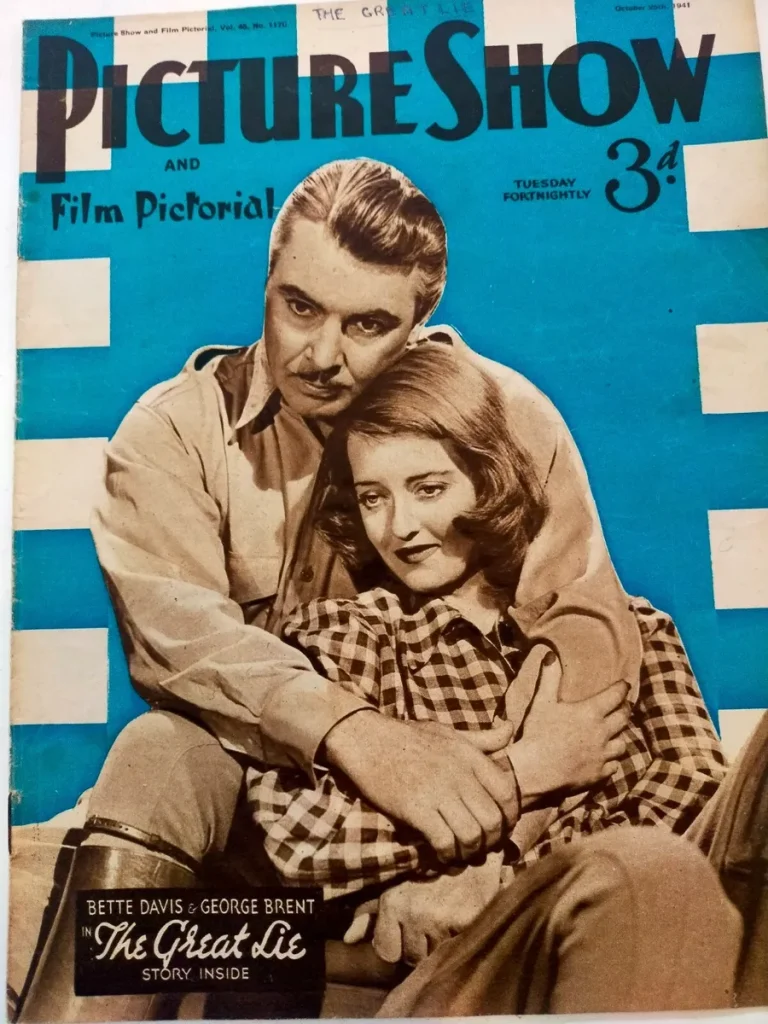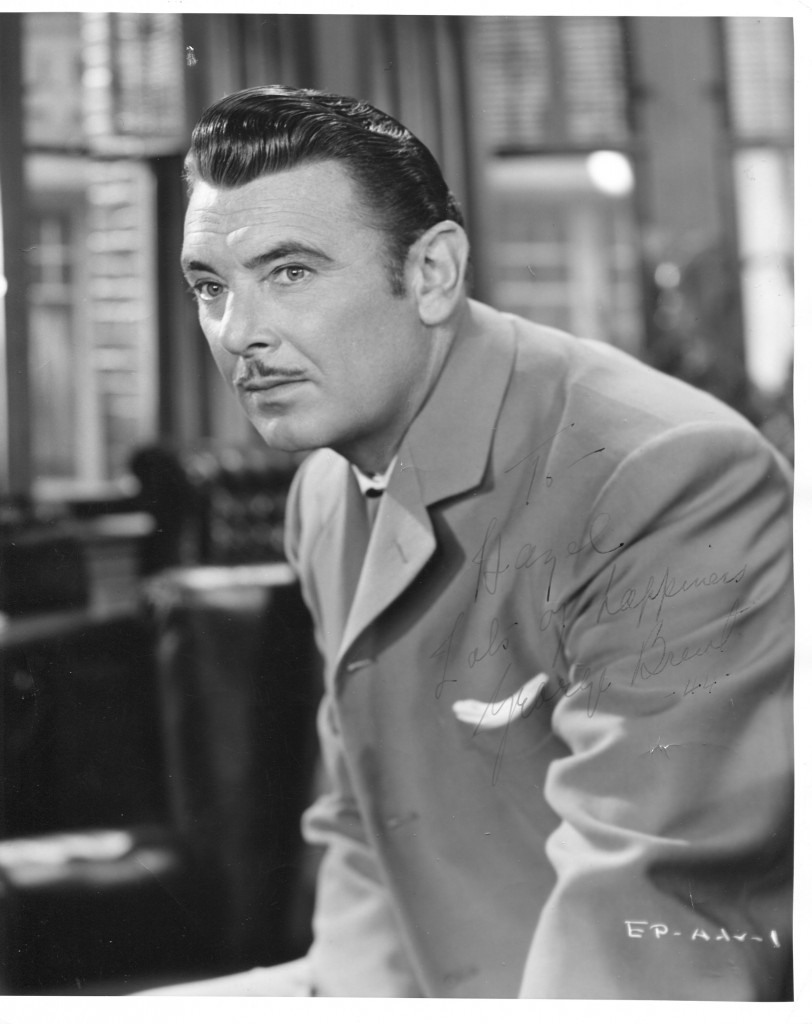
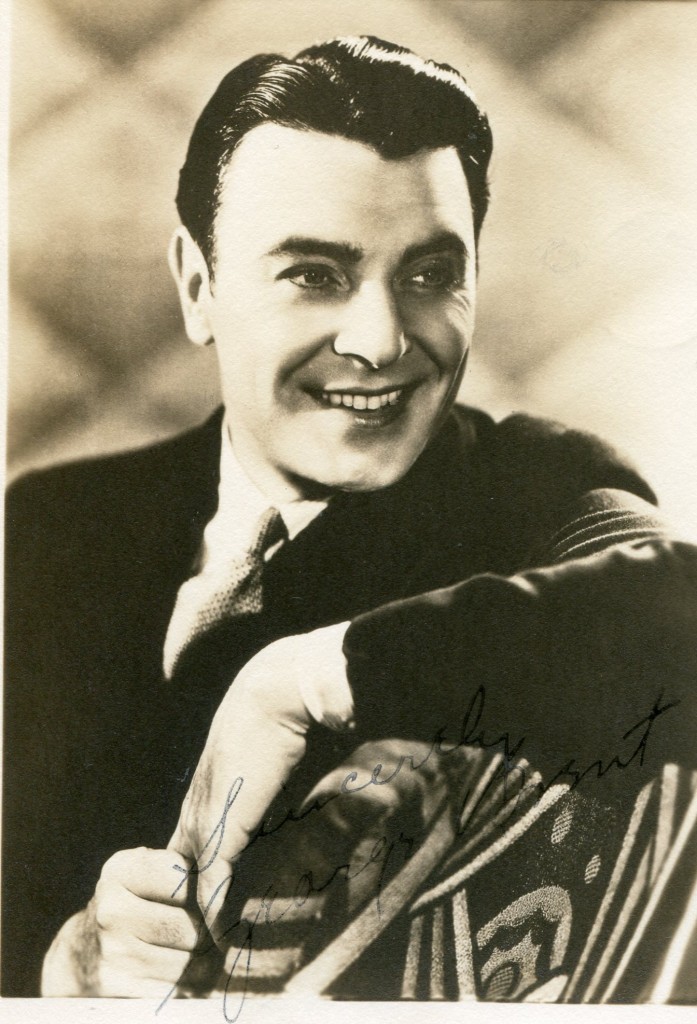
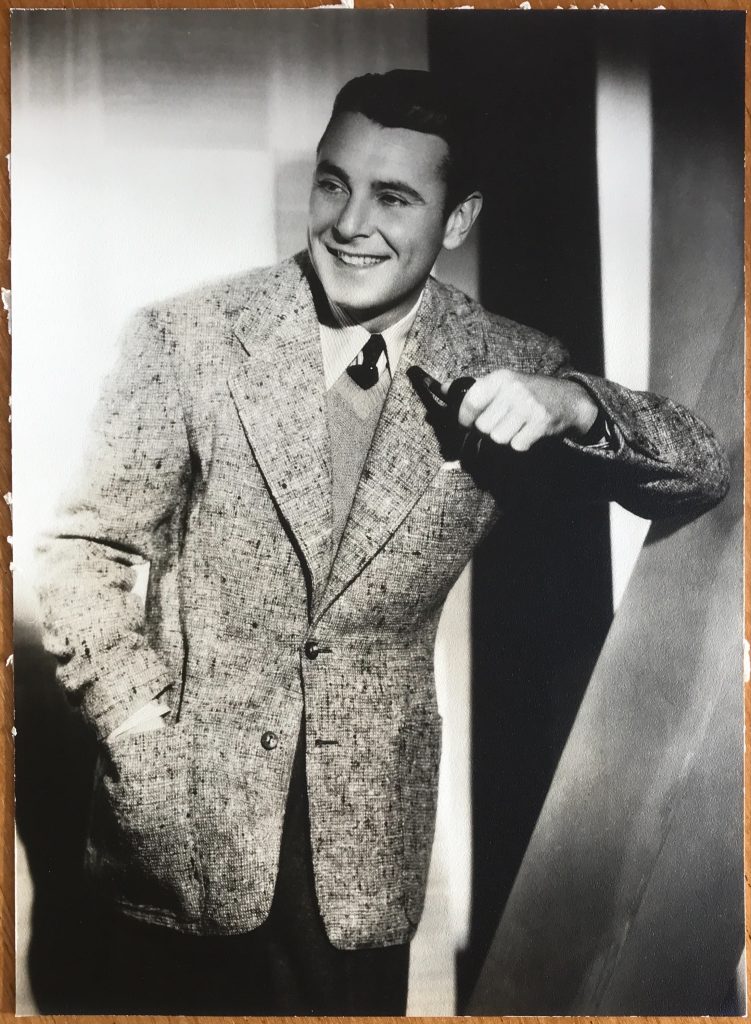
George Brent. TCM Overview.
George Brent made his screen debut in “Under Suspicion” (1930). Initially a slightly tough talking New York type, Brent proved an effective romantic foil to a wide variety of dominant female stars of the 1930s and 40s, most notably at Warner Brothers, where he was tenured from 1932 to 1942. Capable of playing the strong but silent type, or the urbane and cynical, Brent often spent his screen time desiring his leading lady or being pursued by her. His playing was invariably professional and amiable if not dynamic or idiosyncratic, and so he proved a natural in “women’s films” in which the focus was securely on a more galvanizing female actor who was a bigger star. Among his female paramours over the years were Bebe Daniels (“42nd Street,” 1933), Greta Garbo (“The Painted Veil,” 1934), Ginger Rogers (“In Person,” 1935), Myrna Loy (“The Rains Came,” 1939), Barbara Stanwyck (“My Reputation,” 1946), and Claudette Colbert (“Bride for Sale,” 1949).
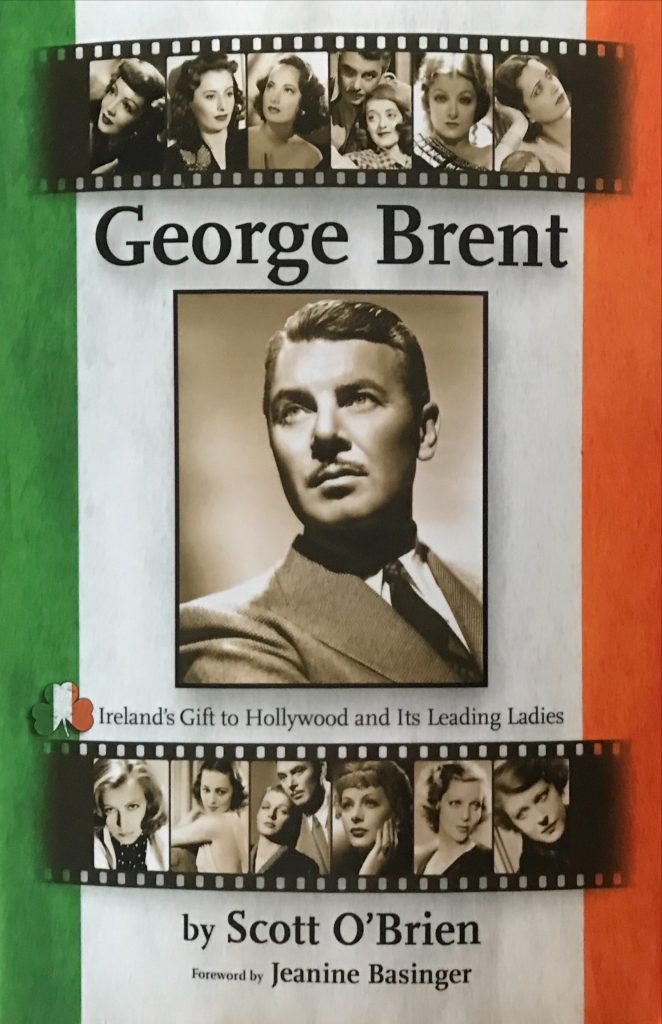
Brent most often appeared as romantic lead in deferential support to three of Warners’ classiest star actresses: Kay Francis (“Living on Velvet,” 1935, “Give Me Your Heart,” 1936, “Secrets of an Actress,” 1938); Ruth Chatterton (“The Crash,” 1932, “Female,” 1933), to whom he was married from 1932 to 1934; and, particularly, Bette Davis (“Front Page Woman,” 1935, “Jezebel,” 1938, “Dark Victory,” 1939, “The Great Lie,” 1941). He also occasionally enjoyed a role off the beaten path, as in Robert Siodmak’s memorable Gothic melodrama, “The Spiral Staircase” (1946).
Brent sustained his prolific output after he and Warners parted company, but his films gradually diminished in importance in the later 40s. Very much a leading man type, he never made the transition to character roles, and so left the cinema in 1953 after appearing in a series of minor efforts. Two of his other four wives were actresses Constance Worth and Ann Sheridan (opposite whom he made “Honeymoon for Three,” 1941). Brent came out of retirement for 1978’s “Born Again”. The above TCM overview can also be accessed online here.
For an article on George Brewnt please click here.
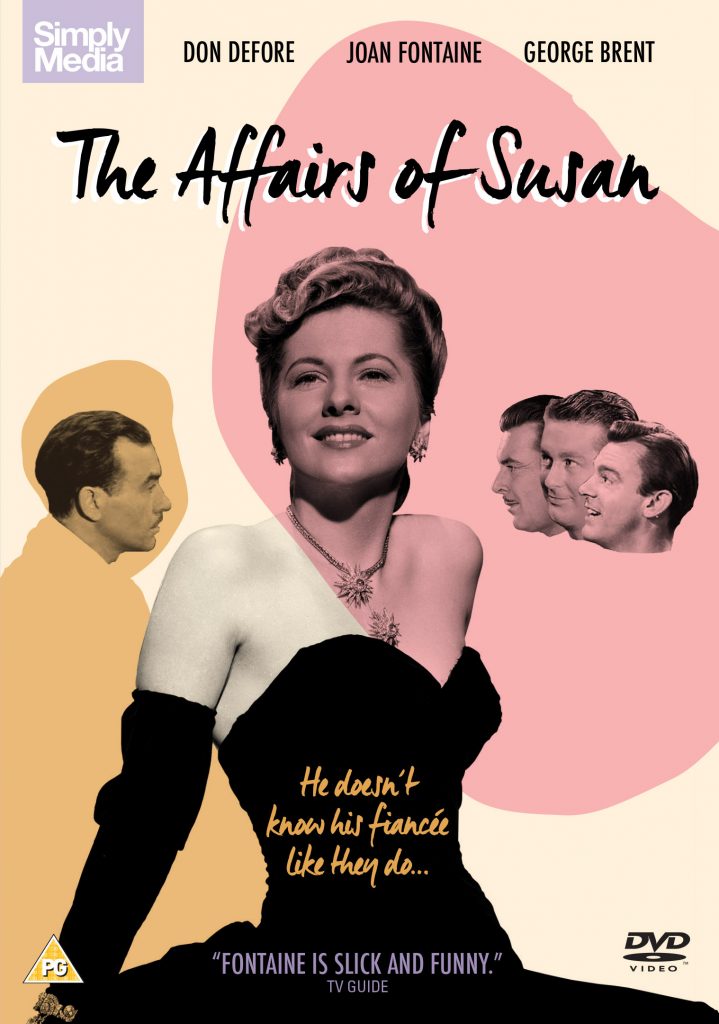
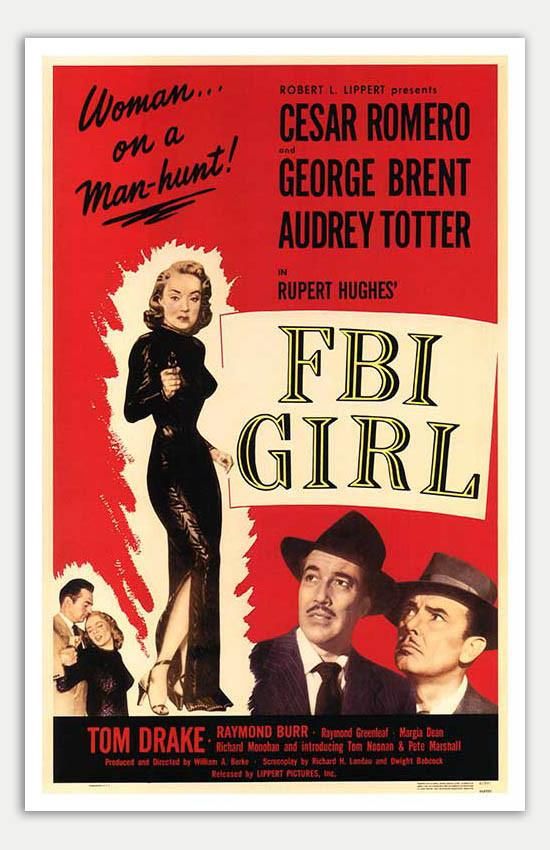
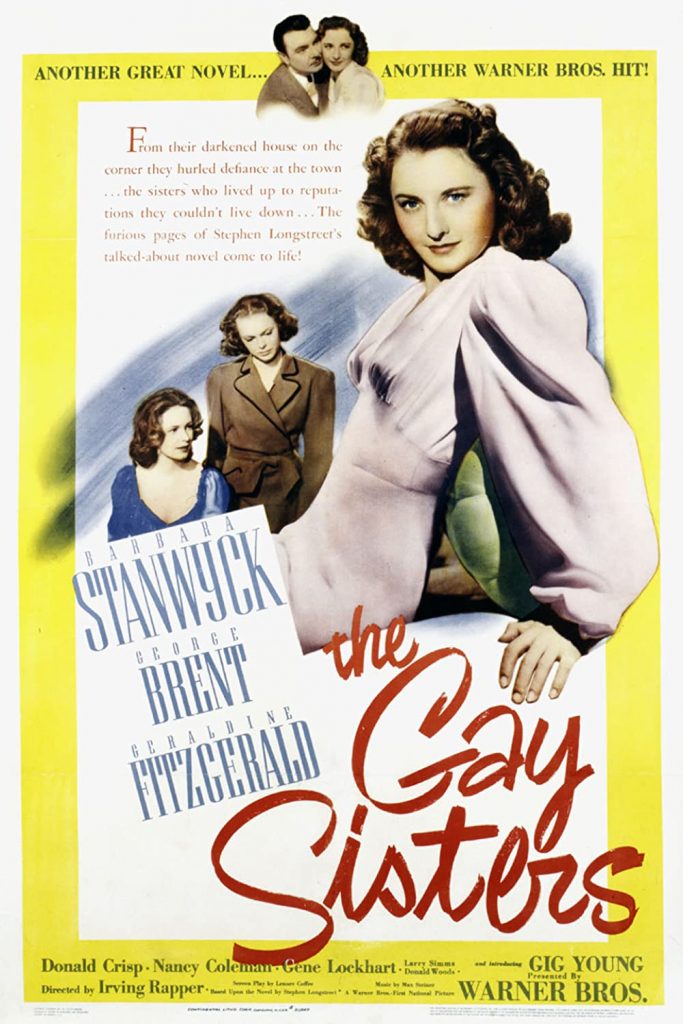
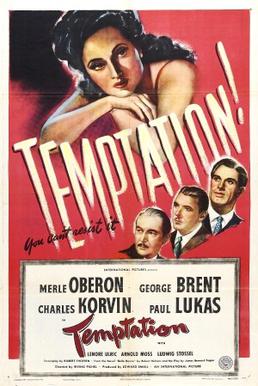
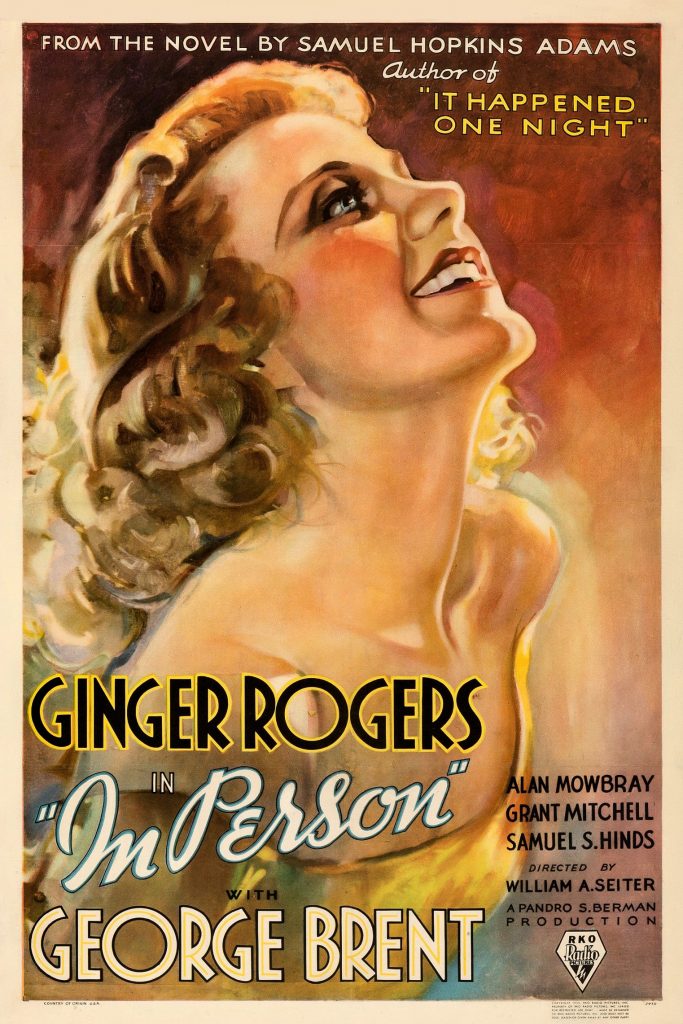
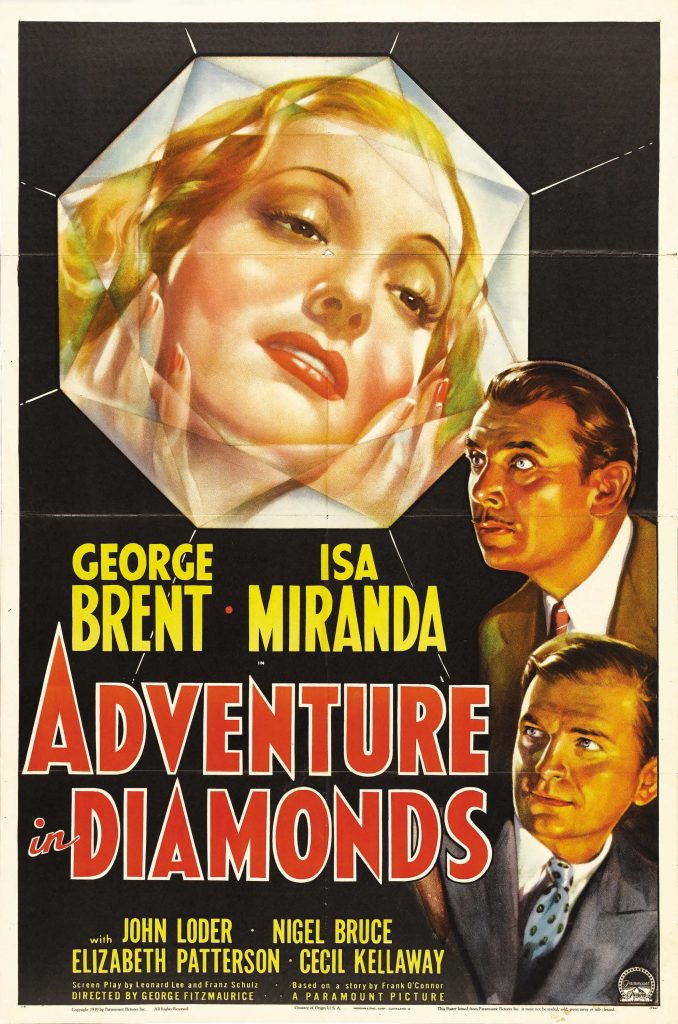
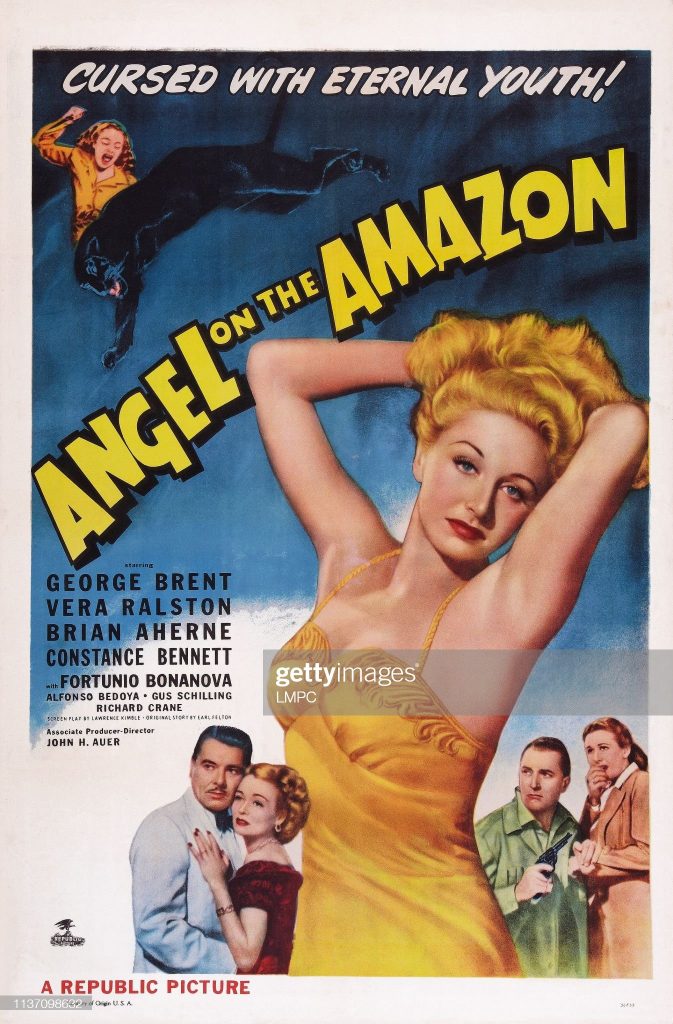
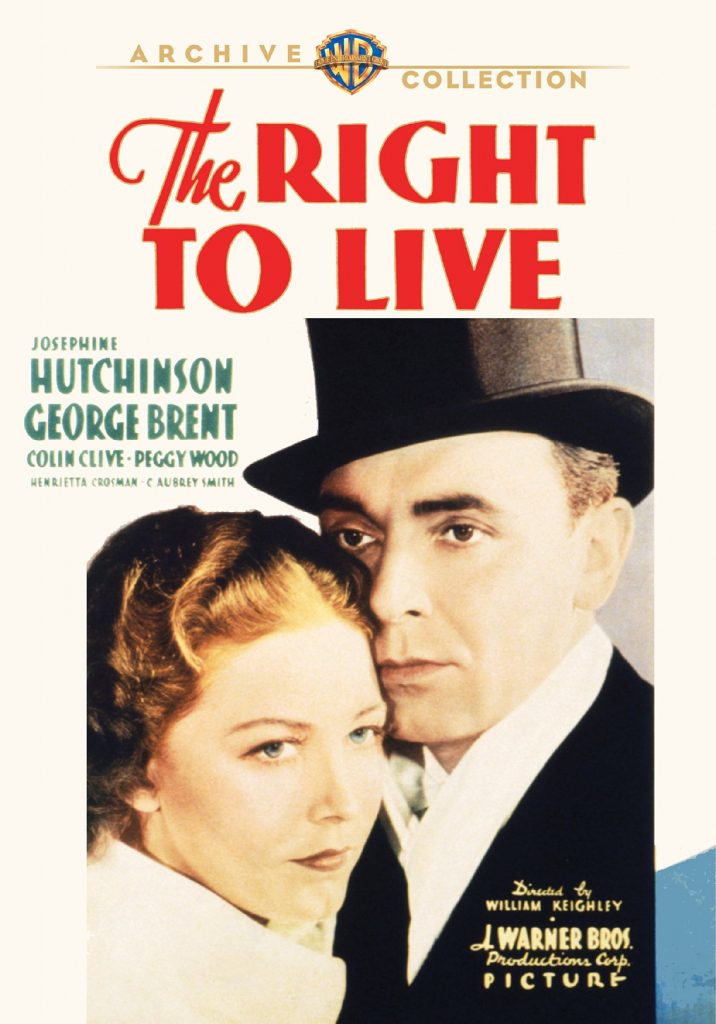

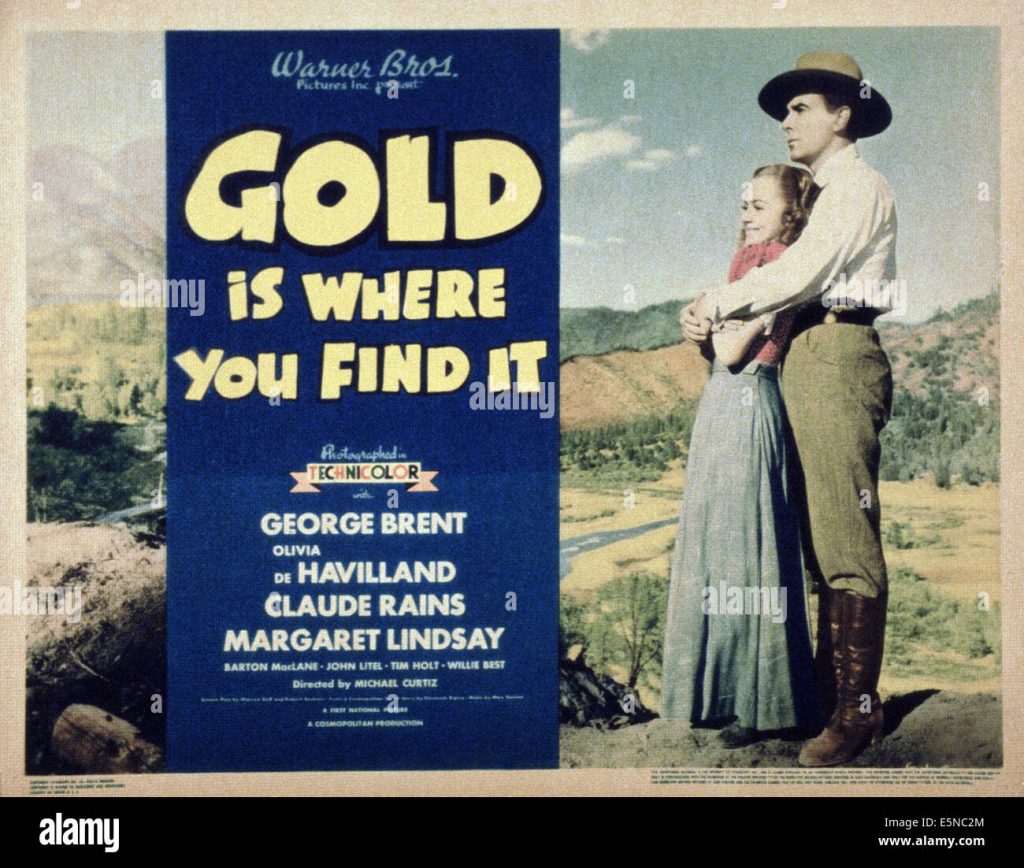
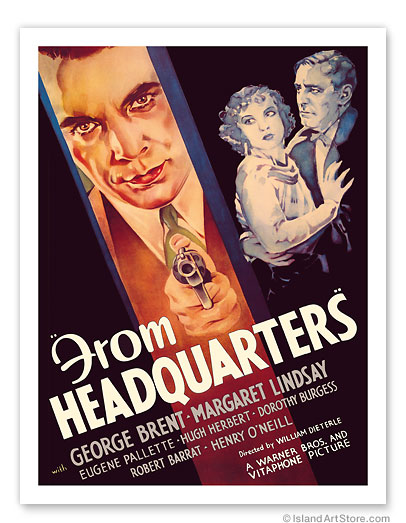

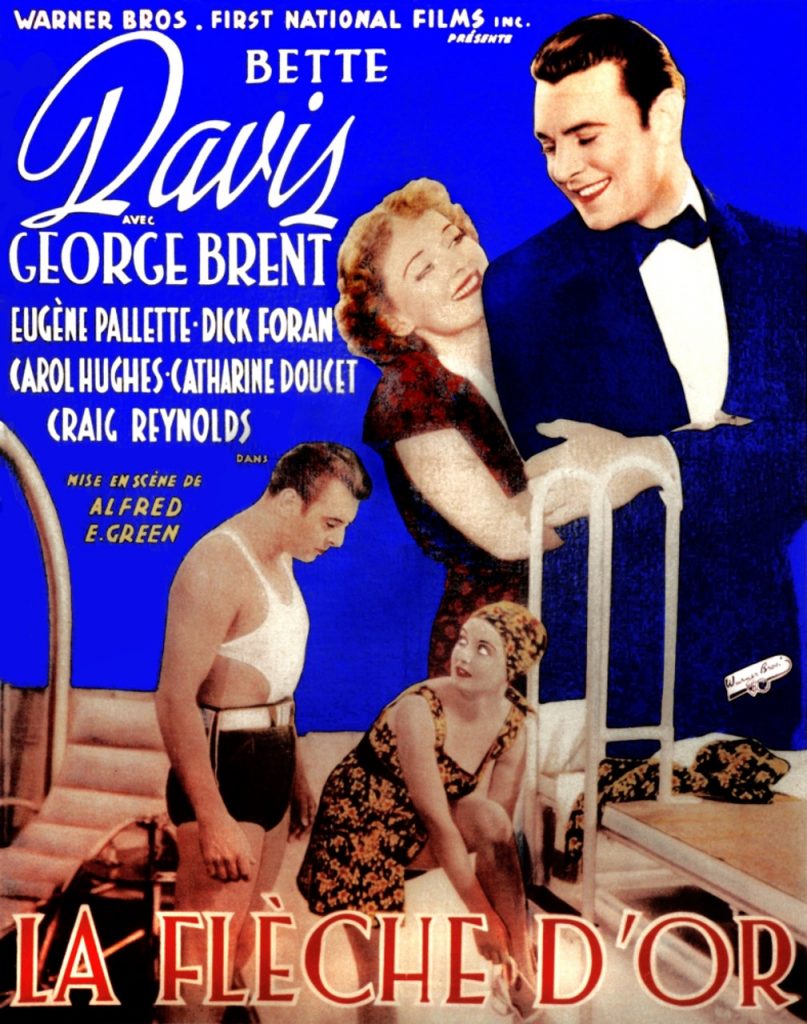
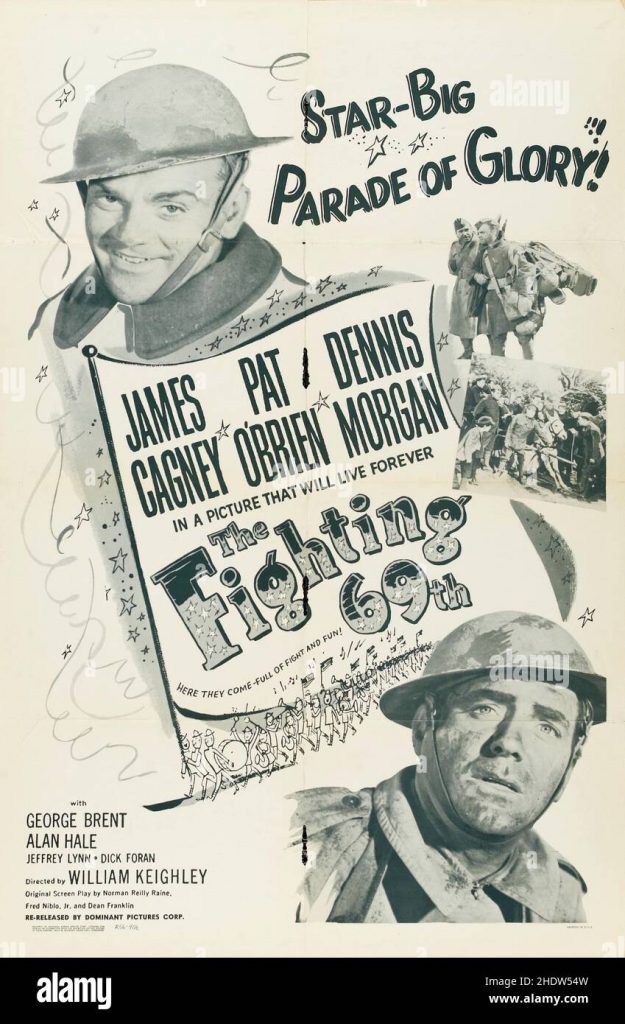
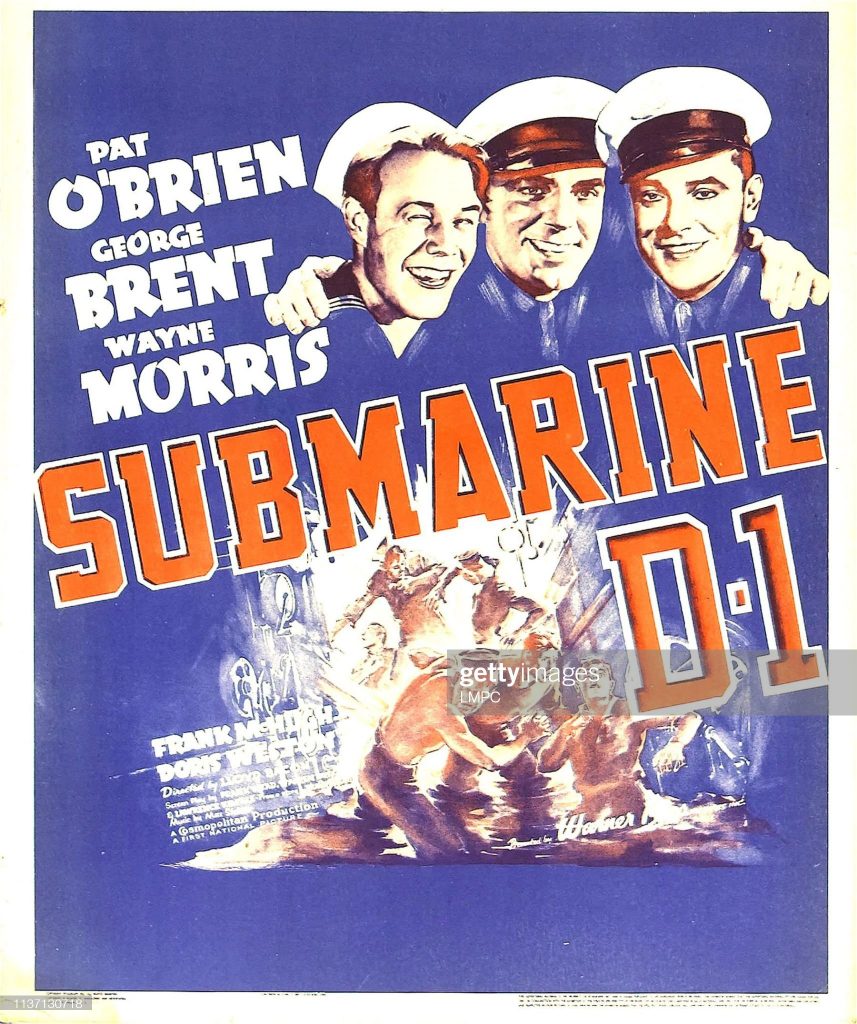
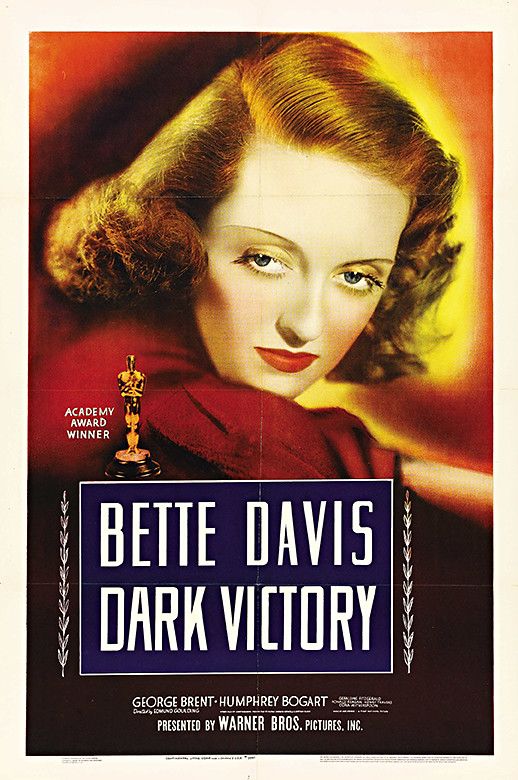
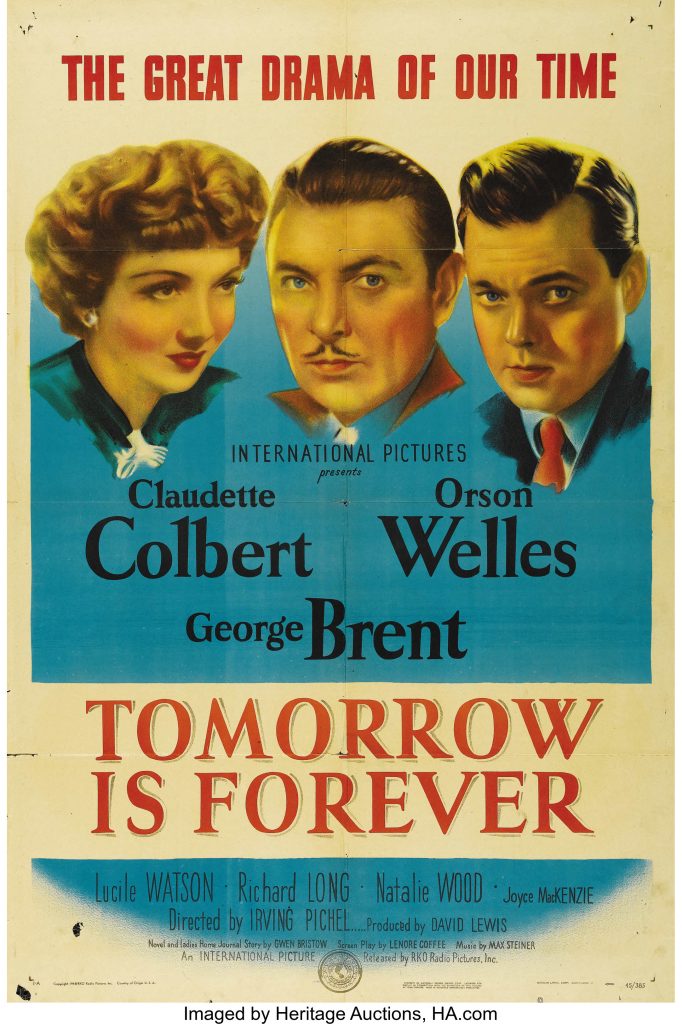
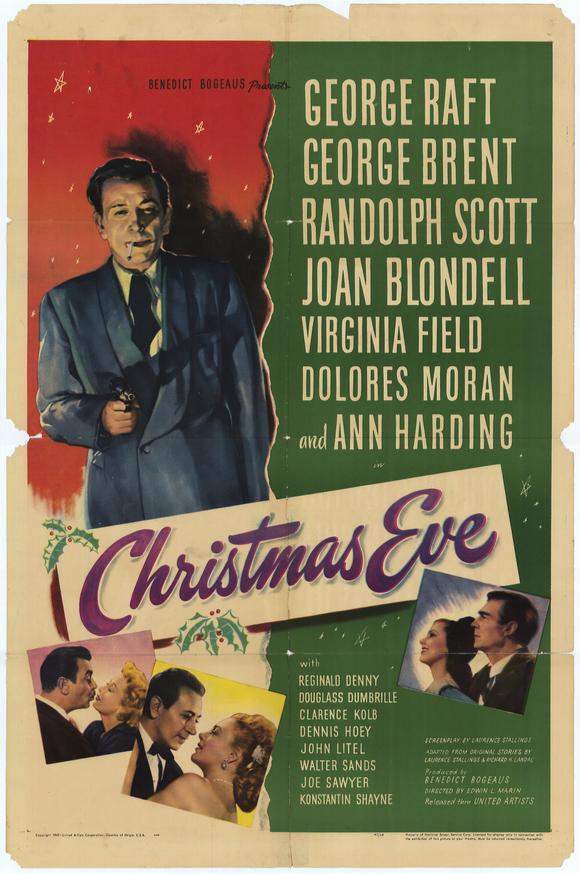
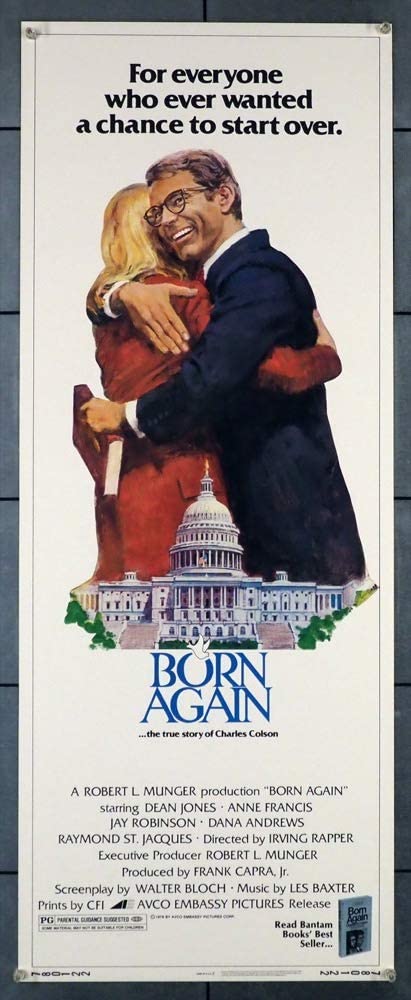
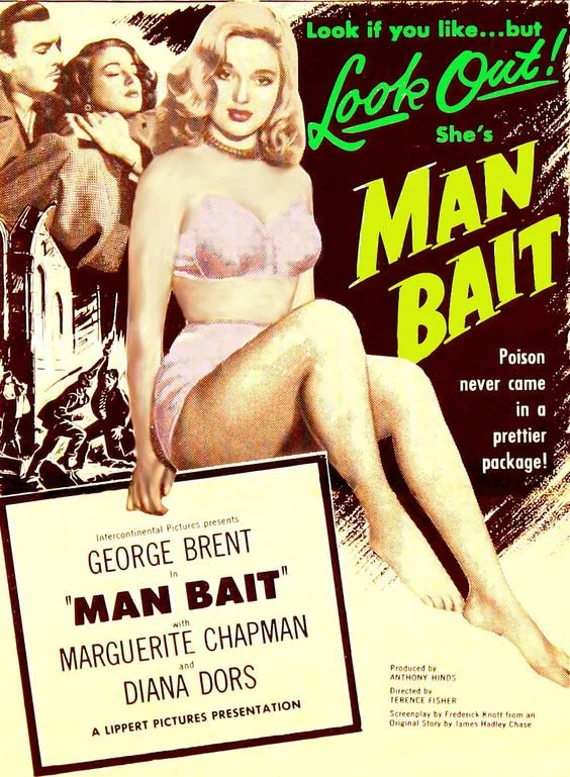
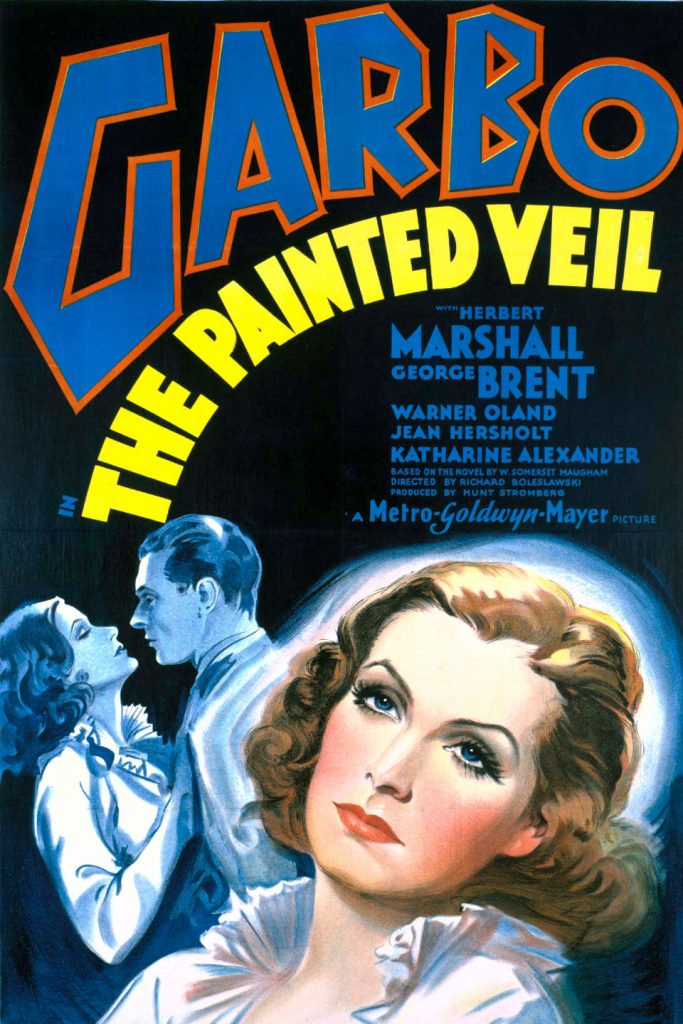
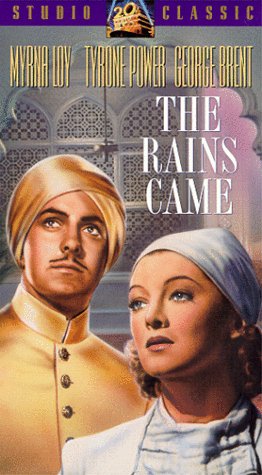
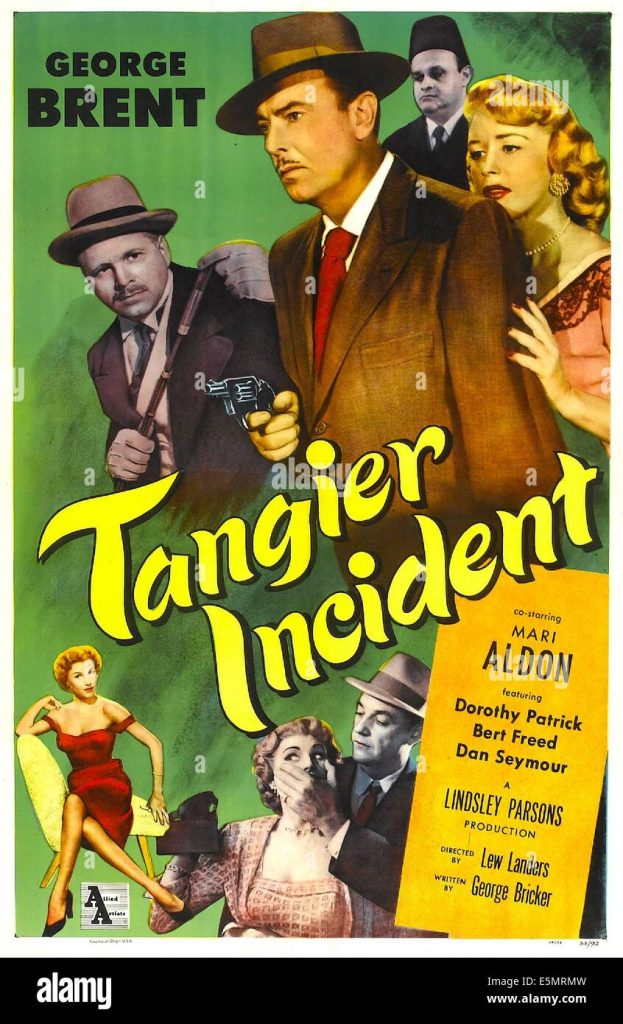

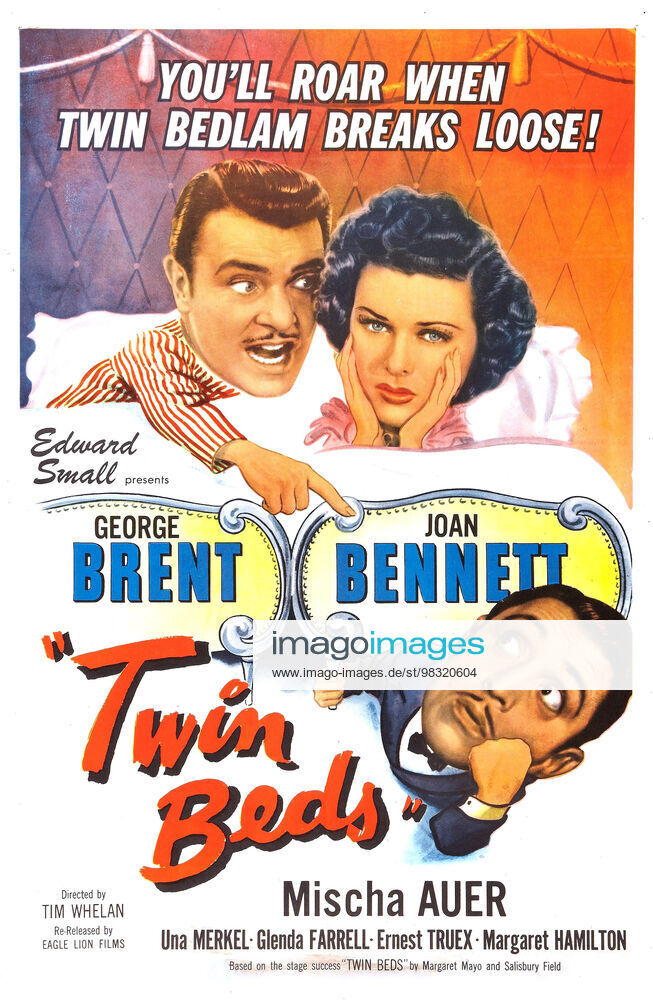
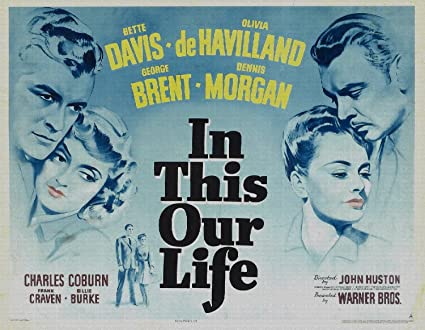
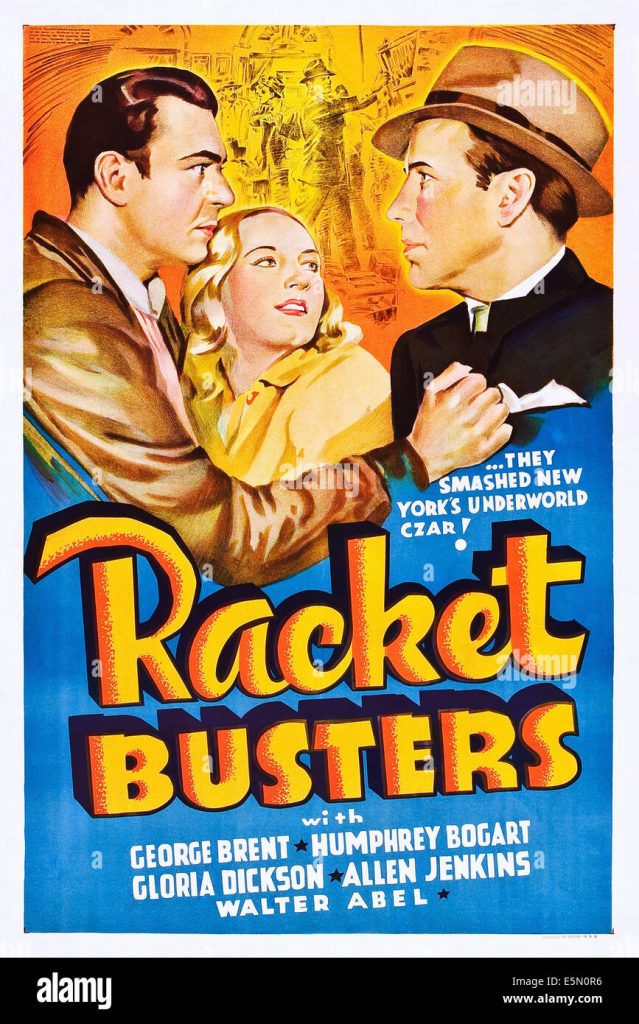
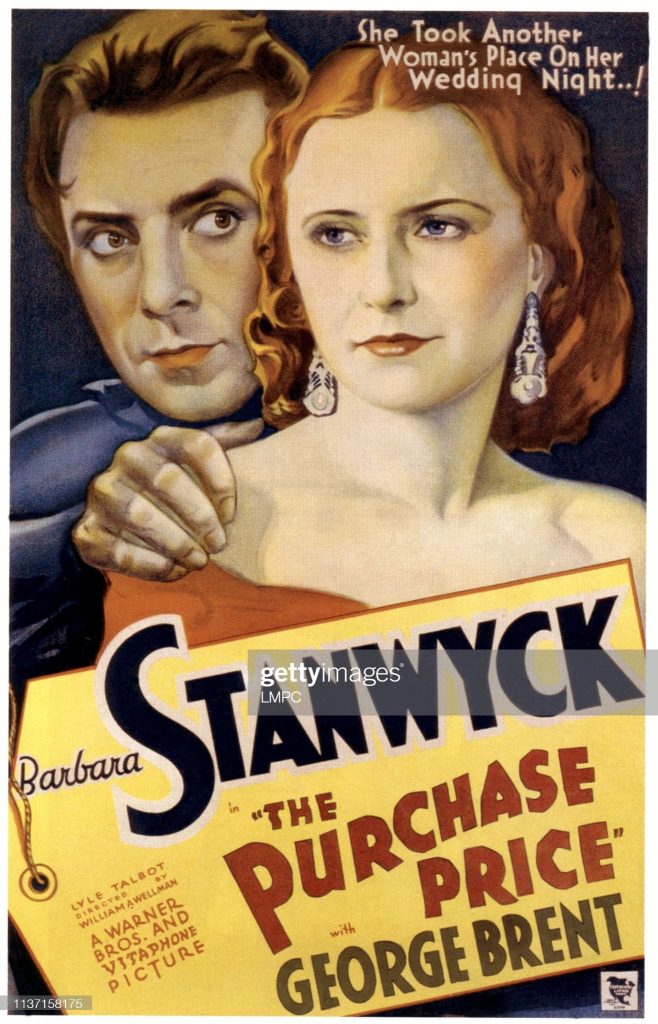
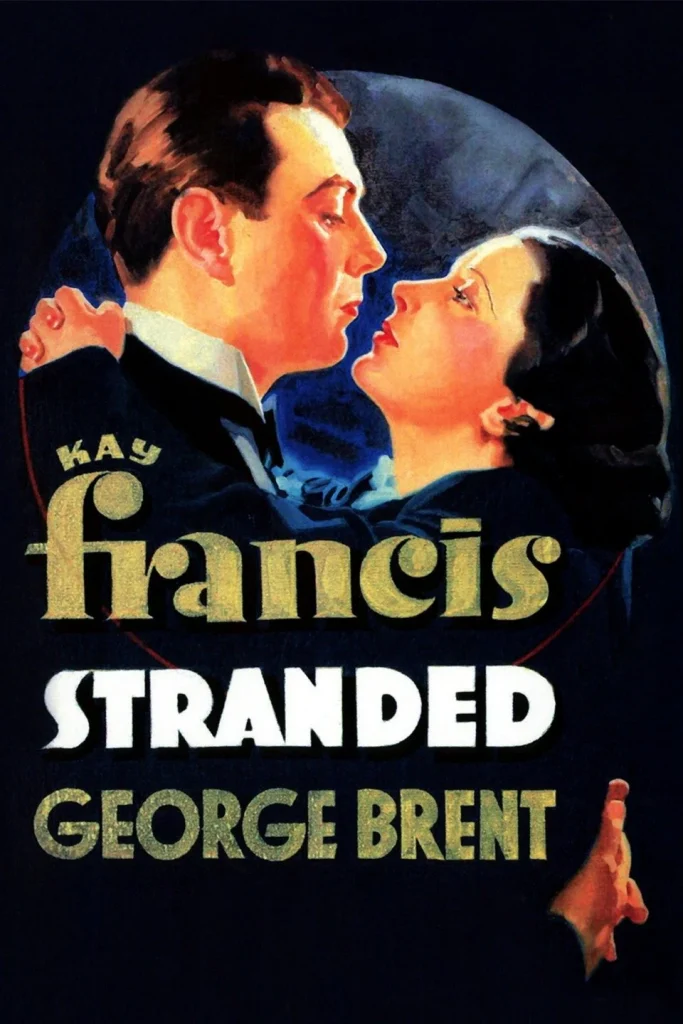
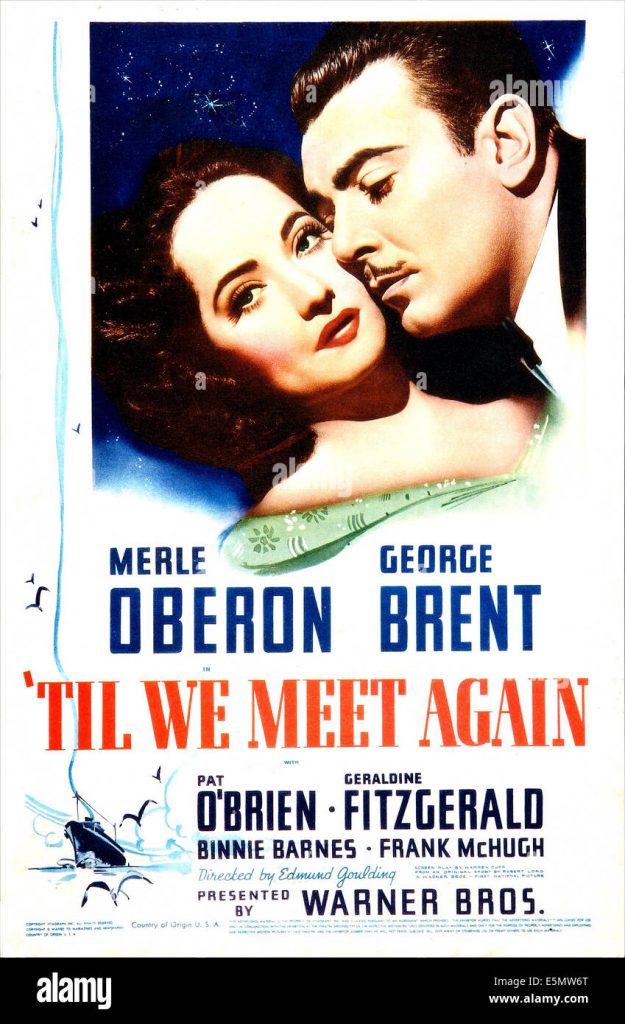
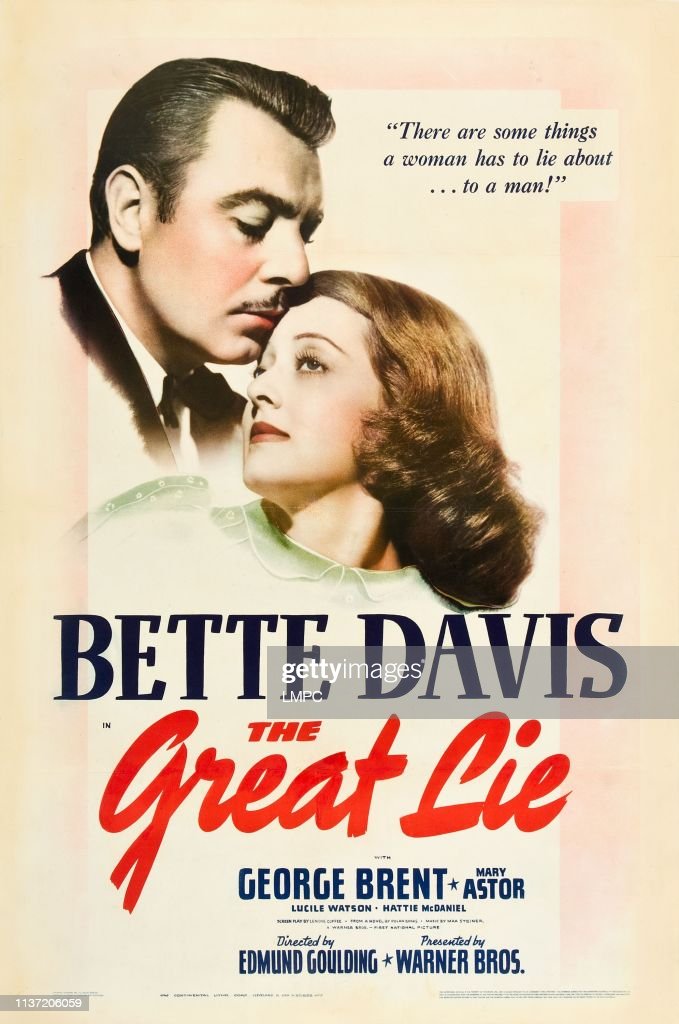
Dictionary of Irish biography:
Brent, George (1904–79), actor, was born George Nolan 15 March 1904 at Main St., Ballinasloe, Co. Galway, son of John Nolan, shopkeeper, and Mary Nolan (née McGuinness). Orphaned in 1915, he moved briefly to New York where he was cared for by an aunt, returning later to Dublin to finish his education. He took up acting at the Abbey Theatre, where he had already played some minor roles but, suspected by the British authorities of IRAinvolvement, he fled to Canada, where he continued to act, working in stock companies for two years. He again travelled to New York, finding work with stock companies and founding three of his own. His appearances on Broadway in the late 1920s were noticed in Hollywood. He was talented, but his good looks and reliability were as important in ensuring that he achieved over a hundred screen credits during his career. Most of these were in Warner Brothers productions (1930–53).
Never a powerful box-office draw, he was employed by the studio to carry middle-ranking projects while providing support to A-list stars in larger undertakings. Unambitious and without pretensions, he was happy to take the money while performing quietly and professionally. This led unkind reviewers to describe his performances as having ‘all the animation of a penguin’ and as varying between those in which he was with or without a moustache. Once he abandoned the ‘rugged hero’ roles in which he was initially cast, he provided competent but understated portrayals, making him an ideal foil for the domineering leading ladies of this period. In 1934 he delivered just such a performance opposite Greta Garbo in the screen adaptation of Somerset Maugham’s ‘The painted veil’. He was also a good foil for Merle Oberon, Olivia de Havilland, Joan Fontaine, Mary Astor, Barbara Stanwyck (four times), Ruth Chatterton (four times), and Bette Davis (eleven times). Davis was one of the many leading ladies with whom he had affairs and Ruth Chatterton was the second (1932–4) of his six wives. He married two other actresses, Constance Worth (1937) and Ann Sheridan (1942–3).
His best performances were probably in Jezebel (1938), for which Davis won an Oscar; Dark victory (1939) with Davis, Humphrey Bogart, and Ronald Reagan; The rains came (1939), a disaster movie with Tyrone Power; and The spiral staircase (1945), a horror-thriller set in England. He never filmed in Ireland, but starred with James Cagney in a movie about an Irish-American regiment, The fighting 69th (1940). His career entered a terminal slide in the late 1940s when he appeared in dross such as The corpse came C.O.D. (1947), a severe decline for someone who had acted in 42nd Street (1933). When the movie offers dried up he starred in a TV series, Wire service (1956–9), before retiring to run his horse-breeding ranch in California. He made one more brief cameo in the movies playing a judge in the dire Born again (1978), the story of Nixon aide George Colson’s discovery of Christianity when jailed after Watergate. He died of emphysema 27 May 1979 in California
